How Do You Get Muriatic Acid Out of Concrete?
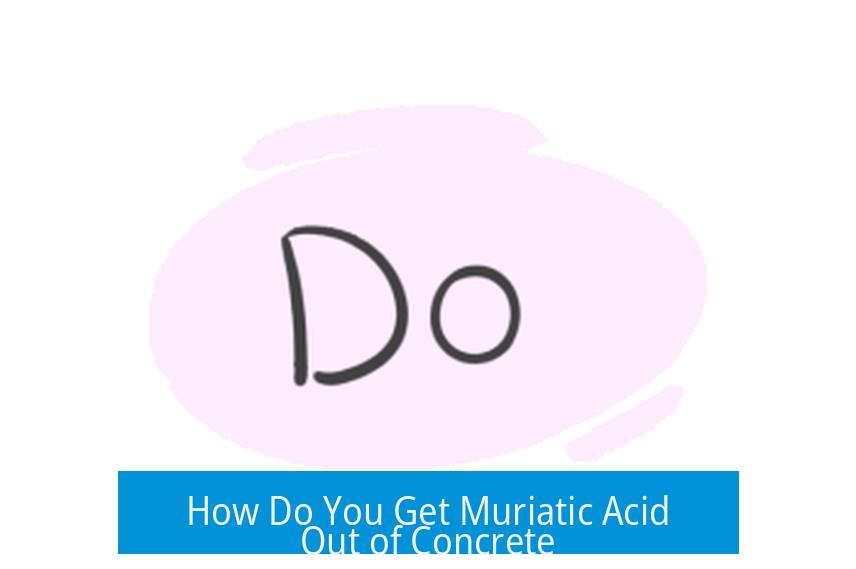
Removing muriatic acid from concrete involves neutralizing the acid immediately, thorough cleaning, and addressing possible irreversible damage such as etching or bleaching. The acid reacts with the concrete, often causing permanent surface changes, so while neutralization and cleaning are effective for safety and halting further damage, cosmetic restoration may require mechanical or surface treatment.
1. Understanding the Nature of Muriatic Acid on Concrete
Muriatic acid, or hydrochloric acid (HCl), is highly reactive. It etches and dissolves the calcium compounds in concrete, leading to surface damage and discoloration. The acid tends to evaporate slowly with water, but its chemical effects remain on the concrete surface.
The initial spill can cause:
- Etching of the surface.
- Bleaching or discoloration.
- Potential weakening or degradation of structural integrity.
These chemical changes happen quickly and are mostly irreversible.
2. Initial Cleaning and Acid Neutralization
Immediately after muriatic acid contacts concrete, neutralization and cleaning are critical to stop further damage. The following steps help mitigate ongoing chemical reactions:
- Rinse with Water Spray the affected area liberally with clean water. This dilutes the acid and washes away soluble reaction products. Continue rinsing multiple times.
- Apply a Neutralizing Agent Use baking soda (sodium bicarbonate) generously over the spill. Baking soda reacts with hydrochloric acid, producing harmless carbon dioxide bubbles. This reaction neutralizes remaining acid:
HCl + NaHCO3 → NaCl + CO2 + H2O
Let the baking soda and water mixture soak briefly between scrubbing sessions.
- Scrub the Surface Using a stiff broom or brush, scrub the area thoroughly after applying the baking soda mixture. This removes residual acid and reaction byproducts.
- Repeat as Needed Rinse again, reapply neutralizer, and scrub until bubbling stops and the pH of runoff water approximates neutral.
- Leave Neutralizer on Overnight If unsure, leave baking soda on the surface to ensure all acid is neutralized.
Note: Avoid aggressive caustic neutralizers like sodium hydroxide that can overshoot and damage concrete surfaces or harm nearby plants.
3. Irreversibility of Acid Damage: Etching and Bleaching
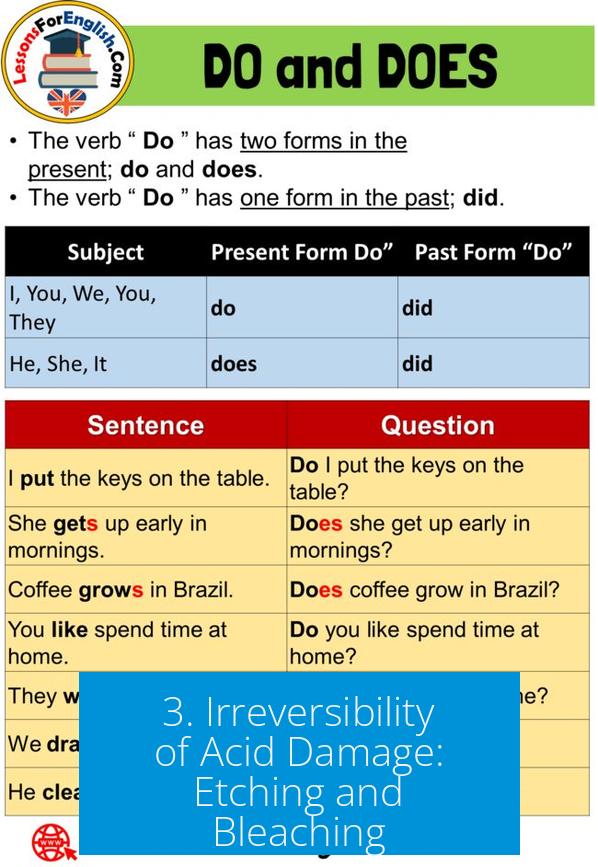
Though neutralization halts chemical activity, the reaction between muriatic acid and concrete alters the surface structure permanently. This etching causes a roughened texture and color changes described as bleaching or staining.
- Concrete etching changes the surface, removing fine particles and compounds.
- This chemical alteration leads to a lighter, uneven coloration compared to untreated areas.
- Such damage is irreversible through chemical means.
- Attempts to mask discoloration with further acid or bleach do not restore the original appearance.
The only way to hide or correct surface etching is through physical or cosmetic treatment.
4. Mechanical and Surface Treatment Methods
Following neutralization and thorough cleaning, restoring the concrete surface involves mechanical strategies:
- Wire Brushing or Sanding Use a wire brush or floor sander to even out etched areas, smoothing rough textures and helping blend discoloration.
- Power Washing A power washer can strip damaged, loose concrete surface layers, revealing more uniform substrate underneath.
- Grinding or Sawing More severe damage may require grinding with a concrete grinder or cutting out damaged sections with a concrete saw.
- Applying Stain or Sealer Once conditioned mechanically, staining or sealing the concrete can improve appearance and protect from future acid exposure.
- Overlay or Resurfacing Applying a new layer of concrete or overlay material provides a fresh surface to cover acid damage.
Some tradespeople report that steam blasting followed by application of dirt or fine particulate can help the concrete regain a natural gray appearance, although results vary.
Extreme cases with structural concerns might necessitate jackhammering the slab to fully remove damaged material.
5. Chemical and Environmental Considerations
Concrete contains calcium compounds, and chloride ions from HCl can cause long-term problems:
- Chloride infiltration weakens concrete reinforcement, raising corrosion risks.
- Repeated acid exposure compromises surface integrity.
To limit damage and environmental impact, precautions include:
- Neutralizing acid spills promptly with baking soda to prevent ongoing chemical attack.
- Protecting concrete surfaces with plastic sheeting before acid use.
- Resealing concrete with appropriate sealants after cleanup.
- Disposing of acid residues responsibly to avoid environmental contamination.
6. What Not to Do
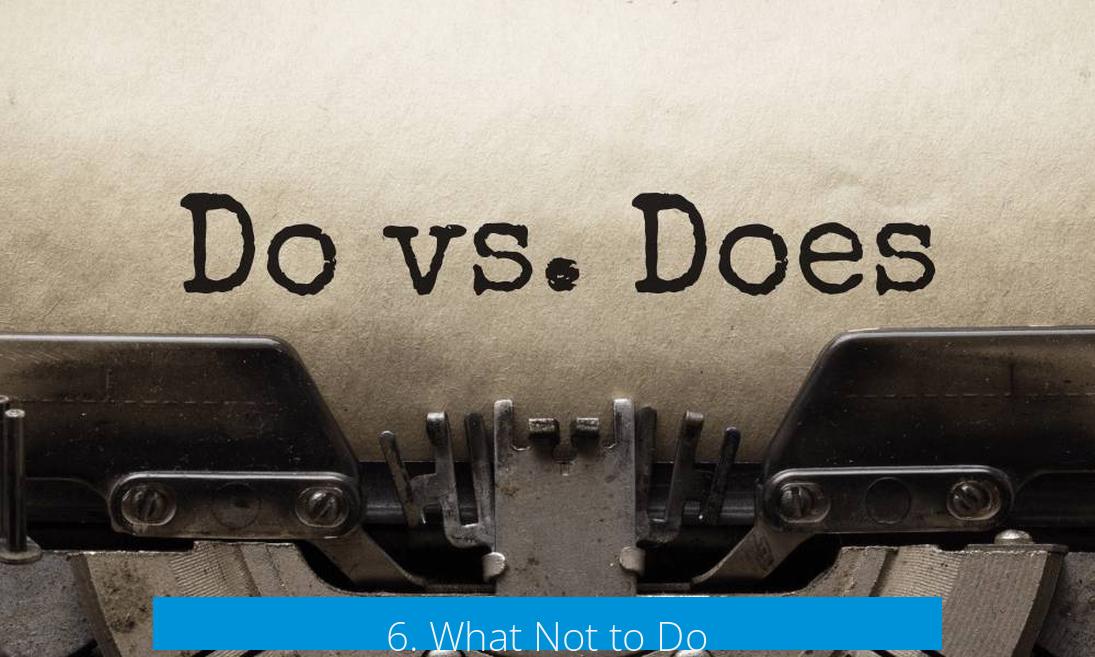
- Avoid neutralizing with strong alkalis like sodium hydroxide without expertise.
- Do not attempt to “reverse” the chemical damage by adding more acid.
- Do not ignore neutralization thinking evaporation will suffice; acid residues remain harmful.
- Do not use bleach (sodium hypochlorite) to treat the concrete; it does not neutralize muriatic acid effectively and may cause other damages.
7. Summary of Key Points
- Neutralize muriatic acid spills on concrete immediately with baking soda or sodium carbonate.
- Thoroughly rinse and scrub using water and neutralizing agents to remove residues.
- Acid etching and bleaching permanently alter concrete surface; chemical reversal is impossible.
- Mechanical treatments like sanding, power washing, and resurfacing can improve appearance.
- Concrete should be resealed after cleanup to protect from future damage.
- Prevent acid damage by using protective barriers and proper handling.
- Avoid strong alkalis or bleach as neutralizers; baking soda or washing soda are safer.
How Do You Get Muriatic Acid Out of Concrete?
First things first: if you’ve spilled muriatic acid on your concrete, the immediate answer is to neutralize it quickly and thoroughly. This limits damage and helps lift the acid before it does lasting harm. But, here’s the catch — muriatic acid (hydrochloric acid or HCl for those who love a chemistry curveball) doesn’t just vanish like your socks after laundry day. It chemically reacts with concrete, etching and bleaching it. So, while you can flush and neutralize the acid itself, reversing the damage is a whole different story.
Step One: Clean and Neutralize Right Away
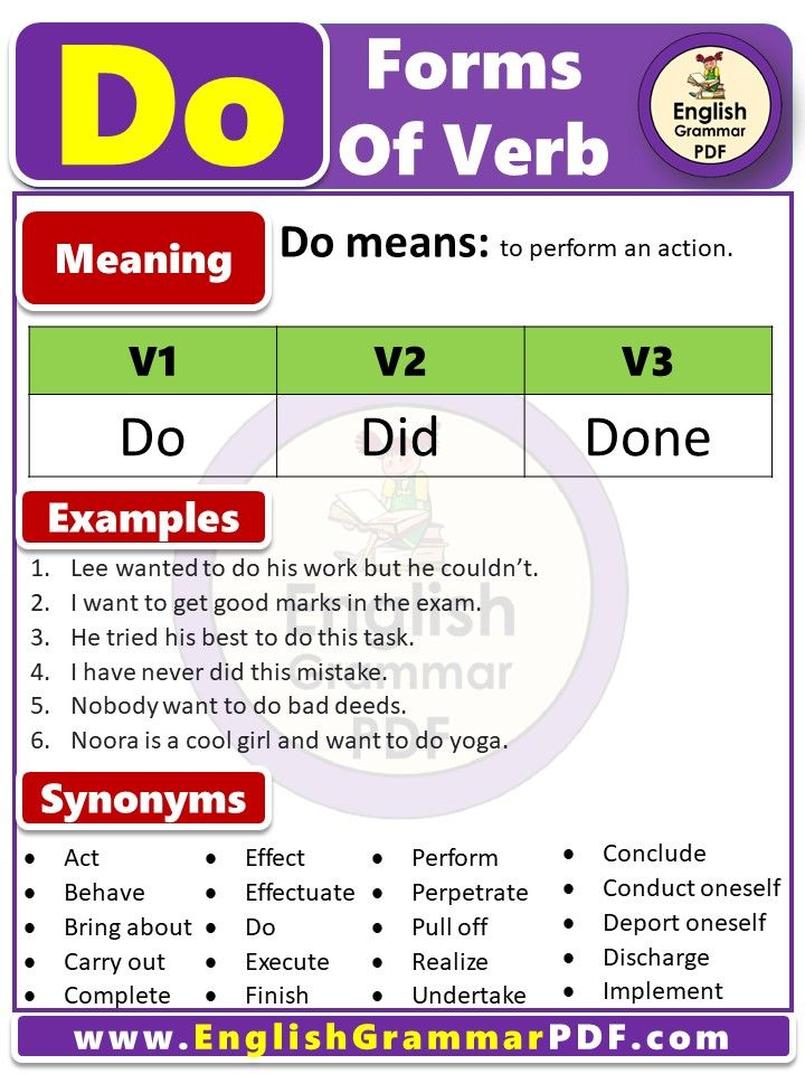
Muriatic acid has a wicked vapor pressure, meaning it doesn’t stick around forever — it slowly evaporates with water. That’s good news, right? But stop dreaming about sunshine washing your worries away. You need to act fast. Grab your hose, and start spraying the area liberally. Don’t just spray—*scrub* that surface, too.
Here’s a pro tip: baking soda is your secret weapon. Those big orange boxes (Arm & Hammer, anyone?) aren’t just for baking cupcakes — they’re the go-to neutralizer for acid on concrete. Sprinkle it generously over the spill, scrub it with a broom to work that baking soda into the concrete pores, add some water, and rinse well. Let the baking soda soak in for a minute or two before scrubbing again. If you see bubbling, don’t panic — it’s just carbon dioxide gas escaping from the neutralization reaction, like an impromptu volcano science fair project.
If you want to be thorough, leave a layer of baking soda on the stained spot overnight. This keeps neutralizing any acid that’s still hanging around. Water alone helps dilute muriatic acid, but it’s no silver bullet. You’ll want to keep rinsing and scrubbing until no fizzes or bubbles appear.
But What About the Etching and Bleaching?
Here’s where things get tricky. Muriatic acid doesn’t just sit like an annoying stain; it chemically etches the concrete surface. The reaction dissolves the concrete’s surface layer, leaving a rougher, lighter-colored patch behind. This etching is essentially permanent — as irreversible as a toddler’s crayon art on your freshly painted wall.
If the concrete looks bleached or oxidized, no amount of scrubbing or washing is going to erase that discoloration. It’s a chemical scar — a burn mark, really. Trying to cover it up by spilling more acid to “match colors” is usually ill-advised and unsafe. The acid damage structurally changes the surface, so if your concrete looks stained or “burnt,” accept that it might be a lasting mark.
Mechanical Rescue: Power Tools and Surface Treatments
Don’t despair! While chemical damage is permanent, you can try physical methods to even out or conceal the blemish. Many have had success hosing down the affected area vigorously, then using a wire brush or handheld sander on those rough acid-etched spots. Following up with a power washer can strip away some of the damaged concrete layer, smoothing the transition between stained and unstained areas.
If the damage is deep, more intensive measures like using a concrete saw or even a jackhammer on severely etched patches come into play. For those not wanting to tear up the slab, adding a fresh layer of concrete or resurfacing might be the best choice.
A quirky trick some swear by involves steam blasting and then rubbing dirt into the concrete. This can help restore a more uniform gray tone by reintroducing natural color pigments. Sure, it sounds like a dusty mess, but sometimes what’s messy works.
Neutralization Cautions: Play It Safe

- Don’t try to neutralize muriatic acid with anything too caustic like sodium hydroxide (lye) — this can overshoot the pH, damaging the concrete further and harming nearby plants or surfaces.
- Use baking soda or washing soda (sodium carbonate) carefully, and in sufficient quantities to avoid leaving the area too alkaline.
- Next time, protect your concrete in advance by covering it with thick plastic sheeting. After your acid-based project, sprinkle a heavy dose of baking soda on the plastic to neutralize residual acid safely. It’s easier than dealing with a disaster later — and safer for everyone involved.
The Chemistry and Survival of Your Concrete
How concentrated was your acid? Hard to say without testing, but concentrated muriatic acid attacks concrete quickly and aggressively. HCl also loves eating metals, so metal fixtures nearby can suffer corrosion.
While you can stop further destruction by neutralizing the acid, the discoloration and surface roughness remain. Instead of risky chemical fixes to “reverse” this, consider sealing the concrete after cleaning to minimize further damage and even out the appearance.
Pool stores often sell 5 kg buckets of baking soda in bulk. Stockpiling this can help not only neutralize acid spills but also maintain pH balance if you use acid regularly for your projects.
Long-Term Outlook: Nature Does Its Thing
If left alone after neutralizing, acid-etched concrete can weather over time. Foot traffic, natural dirt accumulation, and outdoor elements often soften the stark contrast caused by etching within a few weeks or months. Some professionals working in food processing plants, dairy farms, and other industries that routinely deal with acid spills report that acid marks fade into obscurity as time passes.
If you want instant fixes, power washing and refinishing might cost you more but provide uniformity and better aesthetics.
Final Thoughts: Embrace the Imperfections or Take Action
Muriatic acid spills on concrete are no joke. Quick neutralization with baking soda and thorough rinsing are critical first steps. But expect some damage, including etching and bleaching, to stick around. If you want your concrete looking uniform again, you’ll need to either repeat the cleaning over the entire surface or resort to mechanical treatments such as sanding, power washing, or resurfacing.
Got an acid stain? Consider it a reminder to always use thick plastic sheeting for protection. If you’re feeling adventurous, you could call your bleached concrete an “acid art installation” (some say it makes your patio unique). Otherwise, happy scrubbing and stay safe!
“Put more HCl to form some drawing and consider it art.” — Sorry, couldn’t help myself.
How do you neutralize muriatic acid on concrete?
Spray the area with water and scrub it several times. Apply baking soda mixed with water to neutralize the acid. Let it sit for a few minutes, then rinse thoroughly. Repeat until bubbling stops, indicating the acid is neutralized.
Can acid stains or bleaches caused by muriatic acid be removed from concrete?
No, the acid etches and bleaches the concrete surface, causing irreversible damage. Stains or color changes created by the acid cannot be fully removed or reversed.
What mechanical methods help improve concrete stained by muriatic acid?
You can try scrubbing with a wire brush, sanding, or power washing. Adding a new concrete layer or using a concrete dye/stain might help even out colors and appearance.
Is it safe to neutralize muriatic acid with strong caustics like sodium hydroxide?
No, using strong caustics risks overshooting, damaging the surface or nearby plants. Baking soda is the safer and more recommended neutralizer.
How to prevent muriatic acid damage to concrete in future projects?
Protect the surface with plastic sheeting before applying acid. After use, generously apply baking soda on the sheeting to neutralize any spilled acid safely.



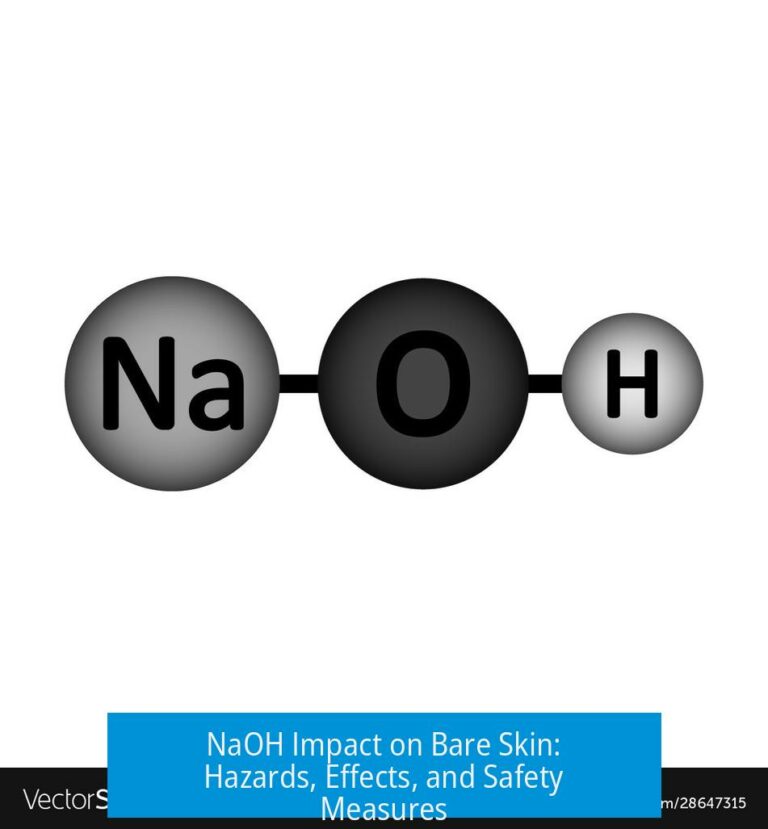

Leave a Comment